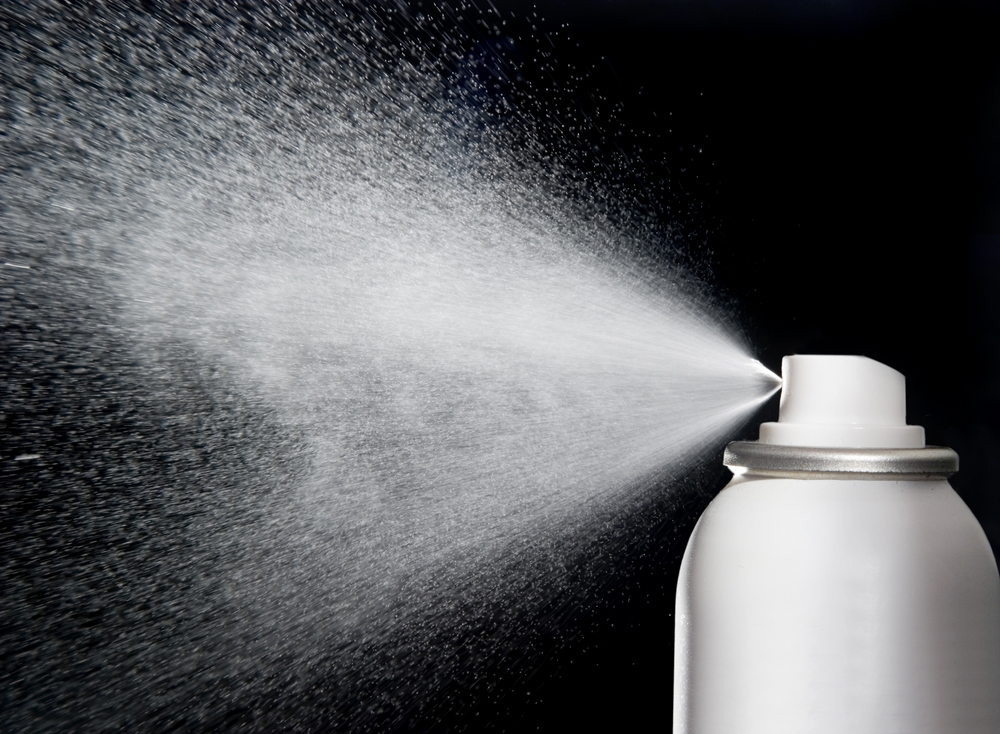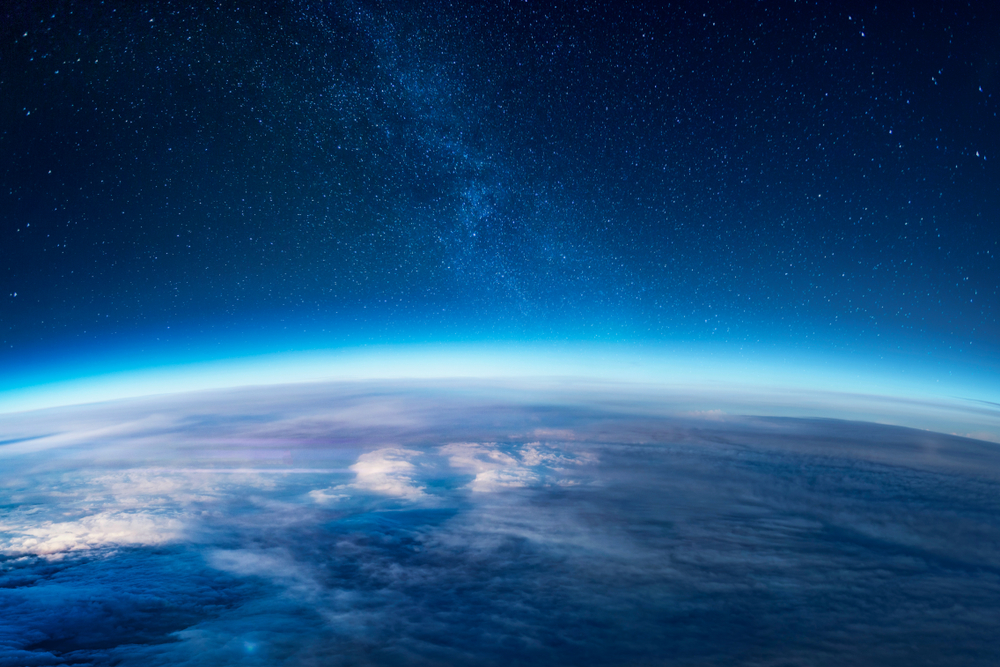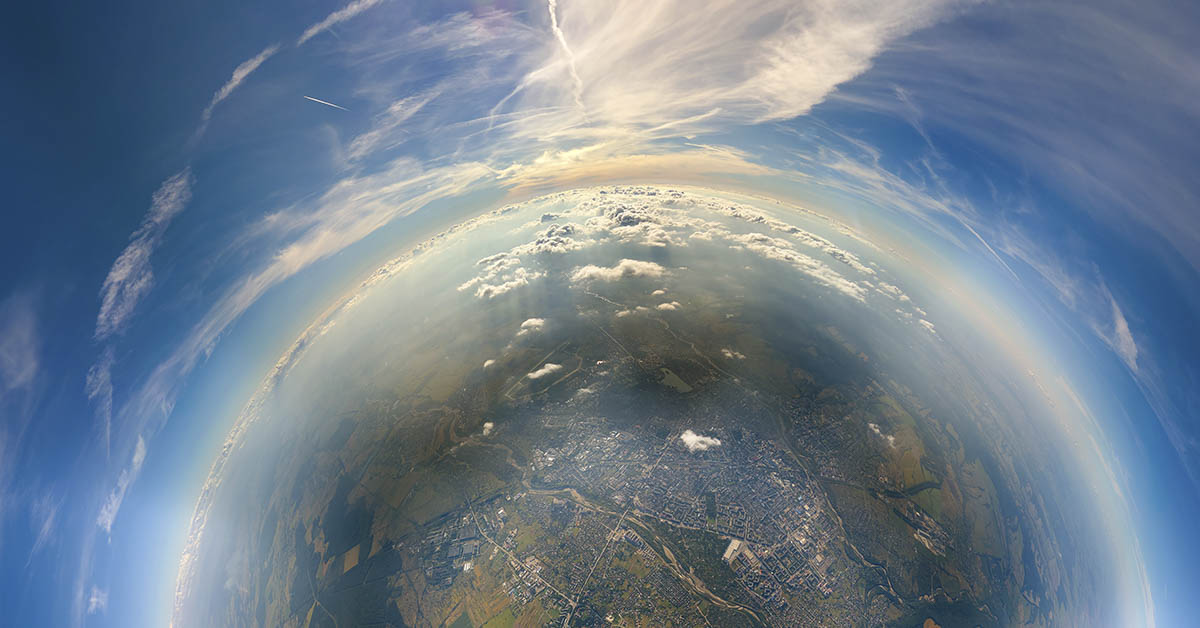Just a few decades ago, the sky above Antarctica became a symbol of environmental crisis. Scientists had discovered a massive hole in the ozone layer—a protective shield in Earth’s atmosphere that blocks harmful ultraviolet radiation. This thinning layer sparked urgent global concern. As the hole grew larger each spring, it exposed life on Earth to higher risks of skin cancer, cataracts, and even crop damage. But today, that same sky is telling a new story.
Experts now say the ozone layer is healing. Recent satellite data and climate studies show clear signs of recovery. What once felt like irreversible damage is now seen as a rare environmental success—thanks to science, international cooperation, and public action. At the heart of this story is the Montreal Protocol, a global treaty that phased out ozone-depleting substances like CFCs. It worked. The steady rebound of the Antarctic ozone layer is being hailed by scientists as living proof that coordinated action can reverse even the most alarming environmental threats.
This article explores how the crisis began, what led to the healing, and why it matters not just for Antarctica—but for the entire planet.
From Crisis to Global Agreement: The Ozone Story
In the 1970s, scientists first detected that the ozone layer was thinning. By the mid-1980s, it became clear that human-made chemicals, especially chlorofluorocarbons (CFCs), were the cause. These chemicals were commonly used in aerosol sprays, air conditioners, and refrigerators. Once released into the atmosphere, CFCs traveled upward and released chlorine atoms that broke down ozone molecules.

This process was especially severe over Antarctica. The region’s extreme cold created polar stratospheric clouds, which helped speed up ozone loss when sunlight returned each spring. The result was the now-infamous “ozone hole”—a seasonal gap that reached record sizes in the early 2000s.
Alarmed by the threat, countries came together in 1987 to sign the Montreal Protocol. This landmark agreement aimed to phase out the use of ozone-depleting substances. Over time, it was updated to cover more chemicals and adjust targets. Nearly every nation on Earth signed on, making it one of the most widely supported environmental treaties in history.
The effects were soon measurable. CFC levels in the atmosphere began to drop. And while the ozone layer hole still forms each spring, its size and duration have declined steadily over the last two decades.
Scientific Evidence of Recovery and What It Means
In 2025, a team of MIT researchers released a breakthrough study confirming that the Antarctic ozone layer is healing. Using climate models and decades of satellite data, the researchers concluded there is a 99% chance that reduced CFC levels are driving the recovery—not natural fluctuations.
NASA’s Earth Observatory backs up this claim with visual proof. Their satellite images, taken since the 1970s, show the ozone layer hole peaking in the early 2000s. Since then, it has consistently shrunk in size and closes faster each year. Though temporary spikes still occur due to volcanic eruptions or wildfires, the long-term trend points to healing.
The study is not alone in its optimism. Other reports, including those highlighted by Spirit Science Central, note that the ozone layer could return to 1980 levels by 2066. Some experts believe we might even see partial recovery as early as the 2040s.
Why is this such a big deal? Because the ozone layer absorbs UV radiation. Without it, more UV rays would reach Earth’s surface, increasing cancer rates, damaging crops, and harming marine ecosystems. A full recovery means a safer future for humans and nature alike.
Why Antarctica Matters and What’s Next
Antarctica plays a critical role in ozone layer science. Its climate creates the ideal conditions for extreme ozone depletion. That’s why scientists use the Antarctic ozone layer hole as a global indicator. If the layer heals there, it’s likely improving elsewhere too.
Still, there’s more work to do. Natural events like volcanic eruptions and wildfires can release gases that temporarily slow recovery. Also, some newer industrial chemicals—such as very short-lived substances (VSLS)—are not yet fully regulated but may still damage ozone if used in large amounts.
Climate change adds another layer of complexity. While warming temperatures on Earth’s surface might seem unrelated, they can cool the upper atmosphere, where the ozone layer resides. That cooling may slow down the healing process. Scientists continue to monitor these changes closely.

The Montreal Protocol has evolved over time to address these challenges. It now includes amendments to limit not just ozone-depleting gases but also powerful greenhouse gases like HFCs. Experts call this treaty a model for future global climate actions.
A Rare Environmental Victory with Global Lessons
The healing of the ozone layer over Antarctica is more than a scientific achievement—it’s a reminder of what’s possible. When the world came together to sign the Montreal Protocol, no one knew for sure if it would work. Now, decades later, the results are clear. The ozone layer is on track to recover, and life on Earth is safer because of it.
This victory also brings hope for other environmental efforts. From plastic pollution to climate change, the path to healing often starts with awareness, followed by action. The ozone layer story proves that recovery takes time, but with the right steps, progress is possible.
As the sky over Antarctica begins to mend, it sends a powerful message: global problems can be solved—if we work together.

